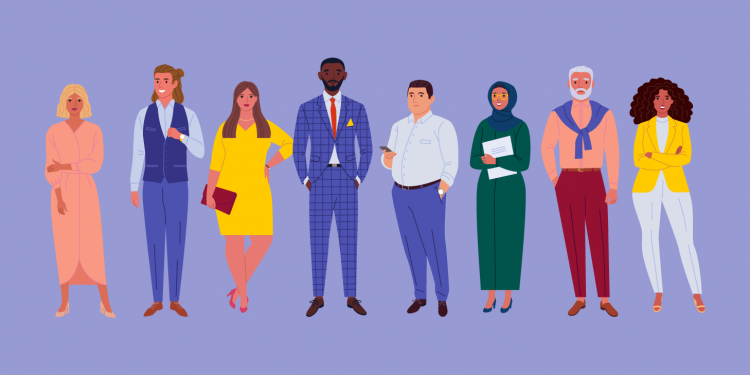Artificial intelligence (AI) is transforming the way we access digital experiences. From translation services to digital accessibility, AI has the potential to make digital experiences more inclusive and accessible to everyone. As people everywhere continue to search for online options and convenience, access to digital experiences is more important than ever. This article will explore four ways AI is improving access to digital experiences.
Translation Services
In today’s globalized world, people can access digital content anytime and anywhere. However, language barriers can create a significant hurdle for people trying to access information or services in a language they are unfamiliar with. AI-powered translation services are changing this by breaking language barriers and making content more accessible.
Translation services powered by AI use natural language processing (NLP) algorithms to analyze and understand the meaning of the text in one language and translate it into another. This technology is becoming increasingly sophisticated, with AI-powered translation services now able to translate idiomatic expressions, colloquialisms, and other nuances of language that were once difficult for machines to grasp.
Artificial intelligence translation software makes it easier for people to access information and services in their preferred language. With AI translation software by Sutherland, digital apps like Spotify can offer platform access and customer service in virtually any language, making the app more accessible than ever before.
Digital Accessibility
Digital accessibility refers to the design of digital products and services accessible to everyone, including people with disabilities. AI has become crucial in making digital experiences accessible to people with disabilities, such as visual or hearing impairments.
AI-powered technologies such as speech recognition and computer vision can create digital experiences that are more accessible to people with disabilities. For example, speech recognition technology can automatically generate subtitles for all digital content for those with hearing impairments.
Computer vision is also playing a significant role in digital accessibility. AI-powered image recognition technology can generate image descriptions for people with visual impairments, enabling them to understand the content of images that would otherwise be inaccessible to them.
Personalization
Personalization is becoming an increasingly important aspect of digital experiences. With so much online content, users are looking for experiences tailored to their needs and preferences. AI-powered personalization algorithms make this possible by analyzing user data and providing personalized recommendations and experiences.
AI-powered personalization algorithms use machine learning techniques to analyze user data, such as browsing history, search queries, and social media activity, to build user preferences and interest profiles. This data is critical to providing personalized recommendations and experiences, such as product recommendations, customized news feeds, and targeted advertising.
Personalization is not only making digital experiences more engaging and relevant to users, but it’s also improving accessibility by tailoring experiences to individual needs. For example, people with visual impairments may benefit from personalized interfaces designed to accommodate their specific needs.
Challenges to AI Experiences
AI is transforming how we access digital experiences, making them more accessible, inclusive, and personalized. These technologies are breaking down barriers and enabling people to access information and services in a once-impossible way.
While AI is undoubtedly making digital experiences more accessible, it’s important to remember that there are still challenges to overcome. For example, AI-powered chatbots may struggle to understand complex customer inquiries and translation software may be unable to recognize nuance or communicate tone.
To address these challenges, developers and designers must continue to refine and improve AI-powered technologies. Accessibility improvement may involve collaborating with people from diverse backgrounds, including people with disabilities and people from different cultures and languages.
AI is revolutionizing the way we access digital experiences. By breaking down barriers and providing personalized, accessible experiences, AI is helping to create a more inclusive and equitable digital world. As AI continues to evolve, it’s exciting to think about how it will continue to improve our digital experiences and change how we interact with technology.
Follow Techdee for more!





